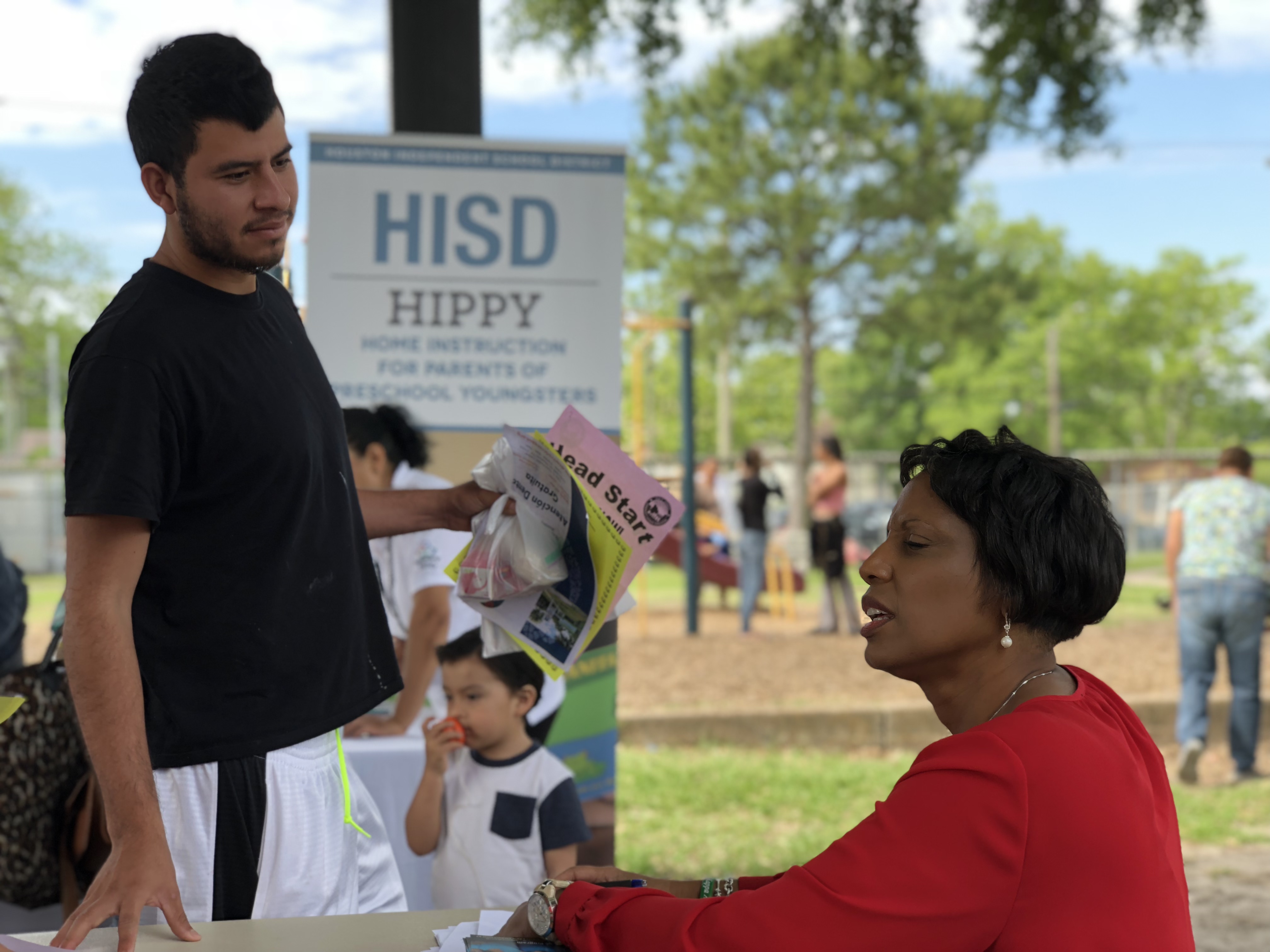

Many children ended up placed in residential treatment far away from their families and communities, often for very long periods of time. Not surprisingly, outcomes from this situation were not good. This meant that children and families would be involved with multiple systems and providers, with each one developing a separate plan telling the child and family what to do. And as for the services that were available, they were often focused on what the systems or providers wanted families and children to do, and not focused on what children and families needed in order to thrive. Wraparound – before it was even called Wraparound – got started several decades ago as a response to what was obviously *not* working well for children and youth with serious mental health or behavioral challenges, and their families.īack then, the kinds of intensive and helpful services and supports that children and families needed were often simply not available in their communities. The Wraparound Process User’s Guide – A Handbook for Families.The National Wraparound Initiative and the National Wraparound Implementation Center (NWIC) have developed a variety of resources designed to help families, researchers, practitioners and policy makers understand Wraparound. Team members work together to put the plan into action, monitor how well it’s working, and change it as needed. With the help of the team, the family and young person take the lead in deciding team vision and goals, and in developing creative and individualized services and supports that will help them achieve the goals and vision. The young person and their family members work with a Wraparound facilitator to build their Wraparound team, which can include the family’s friends and people from the wider community, as well as providers of services and supports. With support from a team of professionals and natural supports, the family’s ideas and perspectives about what they need and what will be helpful drive all of the work in Wraparound. Wraparound puts the child or youth and family at the center.

Wraparound differs from many service delivery strategies, in that it provides a comprehensive, holistic, youth and family-driven way of responding when children or youth experience serious mental health or behavioral challenges. What about training and support for staff? What is required? » What specialized staff roles are needed for the Wraparound process with families? » What are the implementation requirements for Wraparound? » What takes place during the Wraparound process? »


 0 kommentar(er)
0 kommentar(er)
